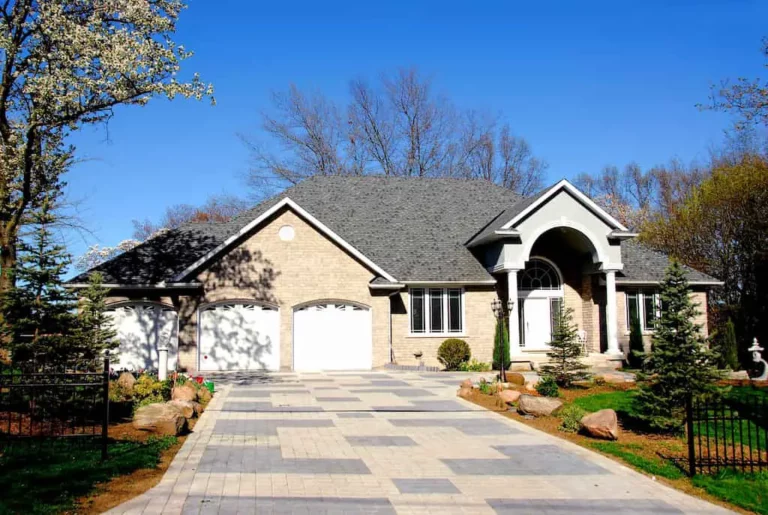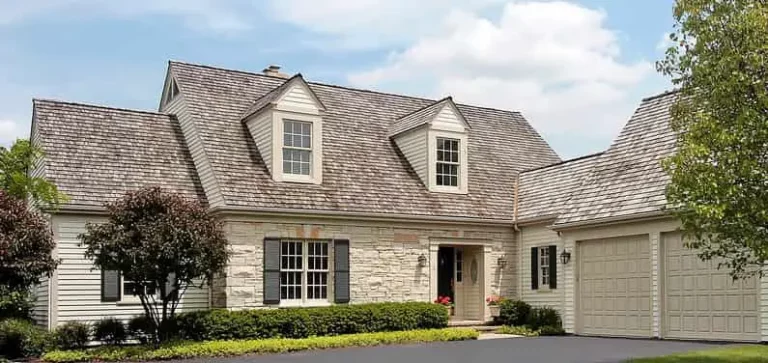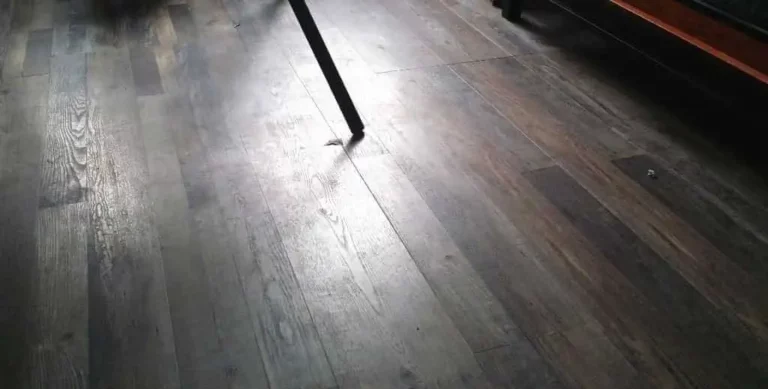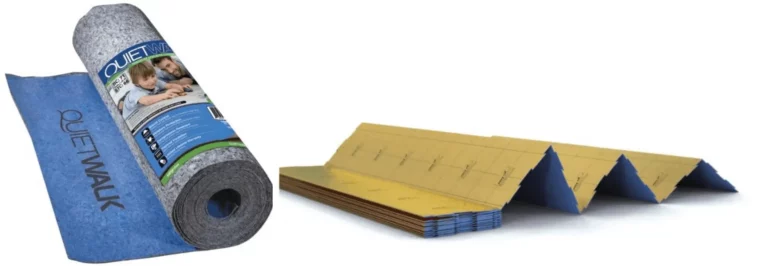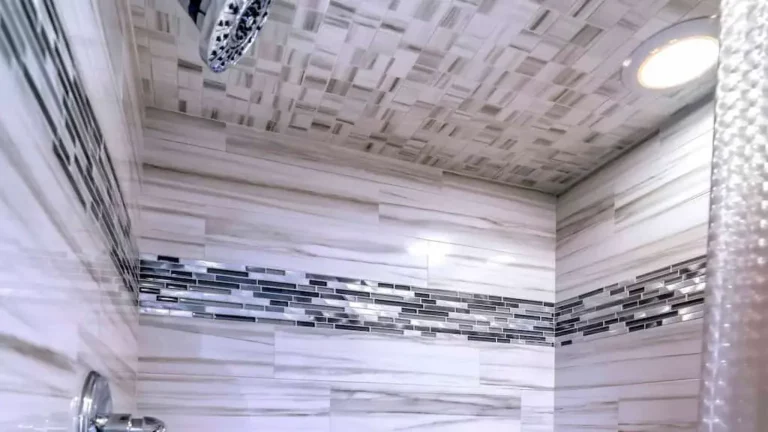Can You Have Too Much Insulation?
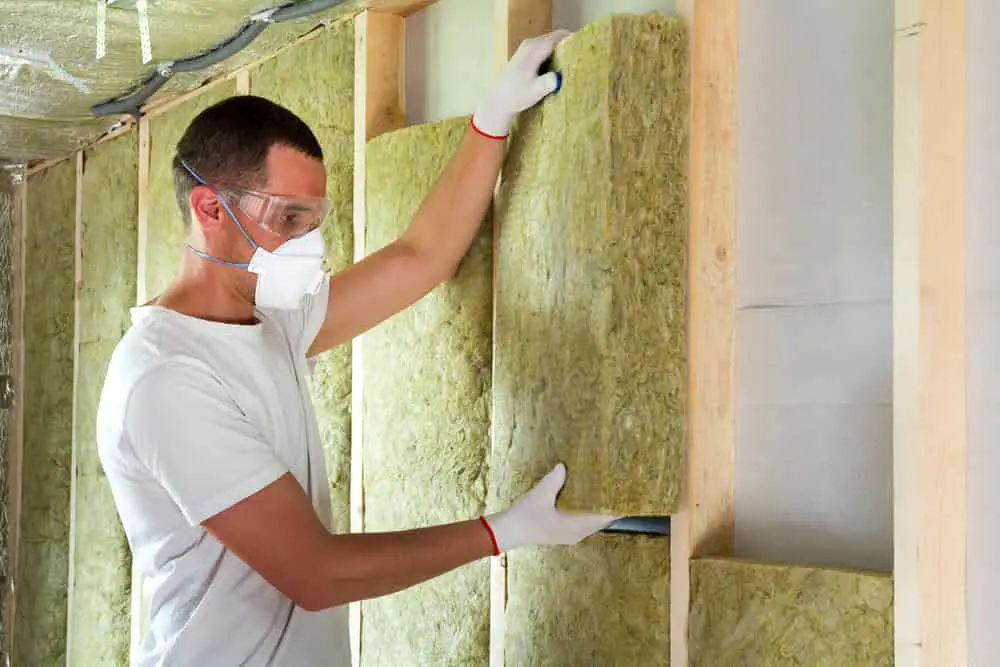
Insulation is an essential aspect of building or renovating your home. Insulation has many benefits: energy efficiency, smaller carbon footprint, and comfortable living. However, the question that begs to answer is, is too much of a good thing bad? It is the norm to insulate, and builders must adhere to minimum insulation standards.
You can have too much insulation. There is a point where too much insulation hinders the airflow in your home, no longer optimally regulates temperature, and presents health hazards. Too much insulation does not have added benefits. Return on investment also diminishes when a home is over-insulated.
Ideally, understanding the dynamics of insulationand how to regulate the temperature of your home is vitally essential, ensuring that you mitigate the negative aspects of over-insulation and protect your energy efficiency investment.
The Purpose Of Insulation Determines the Amount Of Insulation
The primary reasons for insulation are to regulate the temperature in your home and save on electric bills.Insulation should keep warm air insidein winter and warm air out in summer. It takes a delicate balance to do this, as each home is different.
Insulating a home requires attention to both these details, although thisdoes not mean that your home needs more insulation than is required. Over-investment does not make your living condition more comfortable or add additional savings; on the other hand, it has a negative impact.
It makes no sense to insulate your home more than you need to. Several factors dictate the best energy efficiency ratio, the greatest return on your investment, and optimal health for your family.
There Is A Point At Where Insulation No Longer Adds Any Benefit
There comes the point where the amount of insulation no longer adds any benefit to your home or building, and it is at this point homeowners must stop insulating.
Consider that you benefit 100% from the 1st layer; after that, the 2nd layeronly adds 50% value.The scale of value diminishes accordingly.
More insulation isn’t always better; it adds no further improvement to your home after a certain level.
Consider Return On Investment When Adding Insulation
A logical approach is to determine the cost of insulation versus the price saved on electric bills and then determine how long it will take to break even. After that, the savings on electricity outweigh the cost of insulation. This ratio should not be disproportionate.
Homeowners may opt to do a green evaluation of their homes and decide to up the insulation to lower electricity bills. Overcompensationcould be counterproductive in the long run. Taking a holistic approachis by far the best option.
Take Several Factors Into Account When Deciding On Insulation
When making decisions about insulating your home,a good practice is considering the variables that impact your insulation requirements.
The Micro-climate In The Area Plays A Role
Noone size fits all insulation solution; the temperatures and environmental factors differ considerably between states and regions. Your focus in a colder area will be on keepingyour home warm, whereas in generally hotter areas, keeping your home cool is a priority.
The Homeowner’s Priorities Are Important
Insulation takes up space in your home, and you need to consider the aesthetics of your living space. Will insulation have an impact on this? Alternately, is heating and temperature regulation more critical? When designing your insulation plan, use these options to find a balance.
Check How Airtight A Home Is
If your home isn’tairtight, any amount of insulation will not fix this problem. Before installing, ensure no factor reduces your home’s efficiency.
A blower door test determines how much air enters and escapes your home. Doing this test before deciding how much insulation you want is an excellent idea.
There Are Several Downsides to Over-Insulating Your Home
A homeowner who over-insulates may deal with the following consequences that cause more inconvenience than comfort:
- There is a possibility that insulation may get damp, grow mold, and rot because it isn’t waterproof.
- Mold is hugely detrimental to a person’s respiratory system.
- Excess insulation in an attic will block air vents and hamper airflow in a house.
- Blocked air vents reduce the quality of the air in your home.
- Your home becomes stuffy without enough airflow, and you won’t feel comfortable, particularly in warmer months.
- Too much insulation means that heat stays trapped in your home, and you won’t regulate the temperature in your home, defeating the purpose of insulation.
- Insulation decreases the living space in your home; it’s bulky and takes up space, mainly when there is unnecessary insulation.
- An over-insulated attic can obscure pipes and wiring and make it difficult to access when maintaining your home.
- If minimizingthe carbon footprint is a priority,you must consider the impact of production on the environment versus the energy efficiency of insulation.
The R-Value Is Important When Deciding On Insulation
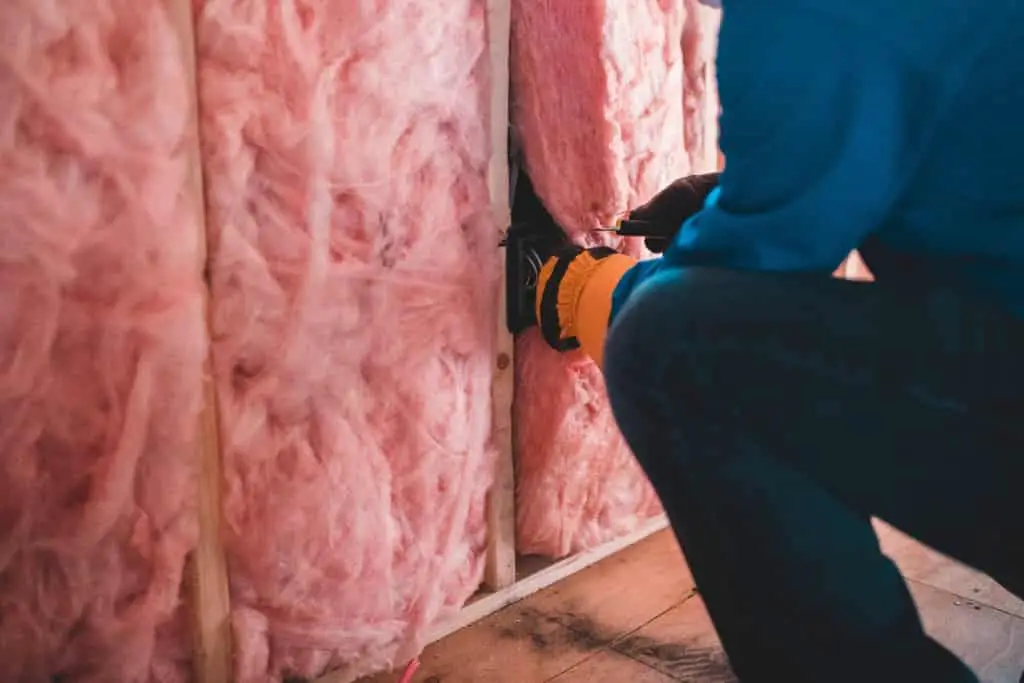
In essence, the R-Value measures how well specific insulation regulates the flow of heat. The higher the R-Value, the more efficient the insulation is.
Different types of insulation have different R-Values,which is of the utmost importance when planning insulation.
Thermal efficiency is the term used for how well an insulation product works. Adding more layers of high thermal efficiency will not increase your home’s energy efficiency. There comes the point where too much insulation adds no further energy benefit.
Decide On The Best Areas To Insulate
Depending on the structure of your home, the placement and type of insulation require design and professional advice. Key considerations are where to insulate, i.e., floors, walls, ceilings, and roofs. Also, consider the type of insulation that best suits your home and provides energy efficiency.
Perhaps insulation with a small furnace will be more energy effective and give a better return on investment than excess insulation. The converse applies with air coolers. A thermal designer will assist with this and the financial investment. Consulting an expert pays off handsomely in the long run.
Conclusion
Too much insulation has a negative impact. Adding insulation will not increase energy efficiency in a house; on the contrary, it may jeopardize other aspects of living conditions and even present health risks.
Key factors to consider when insulating a home are determining how airtight your home is, making sure which areas will have the most impact on energy efficiency, and calculating the return on investment. Consulting a thermal designer helps plan the optimal installation and ensure that heat stays indoors in winter, stays outdoors in summer, and adds to the comfort of living.

